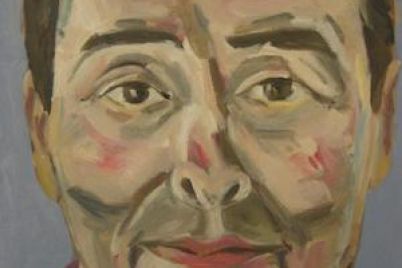At first glance, Vincenza Scarpaci’s The Journey of the Italians in America (Pelican Publishing, 2009) looks like another solid entry in a long line of Italian-American coffee books: it is the right size and heft, the cover bears one of the astounding 1920s wedding pictures (the author’s parents) many of us have on our den walls, and there are scattered throughout its pages strong examples of the requisite photographs of settlement, struggle, and success: images of entertainers and artists, politicians and sports heroes, grocers and fish mongers and food distributors, tailors and miners and construction workers of all orders; also, ofnonna making pasta, fellow strikers protesting against the arrest of anarchist Carlo Tresca, women and their daughters working in the textile industry, allied soldiers liberating Italy and receiving medals; not to mention crowded tenements, religious processions, first-communion classes, roots journeys, mafia prosecutors, statue dedications, and benevolent societies. But there are differences here that mark this book as a step forward in ethnic pictorial documentation.
First, and perhaps most importantly, Scarpaci’s gathered photographs present the heretofore unsuspected or at least under-treated dimensions of the Italian presence in North America. The U.S. byways (Priest River Idaho, Wilmington Delaware) and Italian Canada (especially Toronto and rural environs) are here, offsetting the emphasis on the U.S. Northeast and near mid-west. Many of the forgotten troubles are here: the New Orleans lynching, commonplace death and devastation by illness and poverty, enclaves cut-off or bulldozed-under by urban renewal or open-pit mining, political arrests and loyalty oaths in World War II Vancouver and, most recently, apologetics for Christopher Columbus. But here too are certain great adventures in social rapprochement and ethnic fusion, challenging both the racism to which the early Italians in America were treated and the racial xenophobia of the Bensonhurst and Howard Beach incidents. I find the sub-section entitled, a bit awkwardly, “interaction,” to be especially interesting, academically provocative, and also moving: Jewish/Italian and Irish/Italian enterprises of course, but also dapper African American customers in a Sicilian-owned bar in 1915 Jim Crow New Orleans, truck farming with the Chinese in Washington and the native born in Texas, an Italian/Japanese friendship in World War II San Francisco, multi-racial Italo-Hispanic cigar-making in Miami, plus other strong testimonials of working relationships, solidarity, and at times intimacy across putatively forbidden ethnic lines.
Second, Scarpaci has written congenial substantive historical overviews to introduce each of the nine sections and the book as a whole. Each of the approximately 500 photographs, reproduced one or two to a page, is treated to a thorough identification, contextualization and, where warranted, explanation – a combination of Scarpaci’s strong research and biographical information from the providers of the photographs. The annotations are both impressive and useful to newcomers and experts in the field.
Third, among the genre photographs are special quiet surprises: classical singer Mario Lanza and (classically trained) pop entertainer Jimmy Durante sharing a moment, the dedication of an archway in Vancouver’s Little Italy to Her Royal Majesty in Vancouver, a colour reproduction of one of Joseph Stella’s stunning drawings for The Survey, the trading card for the first Italian-American major league baseball player, even a couple cover shots of Accenti!
What, in sum, would a multi-generational photograph album look like if la famiglia were the entirety of the North American Italian diaspora, if the workplace and public spaces were as urgently documented as the home, and if the familiar story of ethnic triumph (an interplay between assimilating to America and Italianizing America) were supplemented by reminders of suffering both experienced and inflicted? Now we know.
Thomas J. Ferraro is professor of English at Duke University.
First published in Accenti Magazine, Issue 17.




